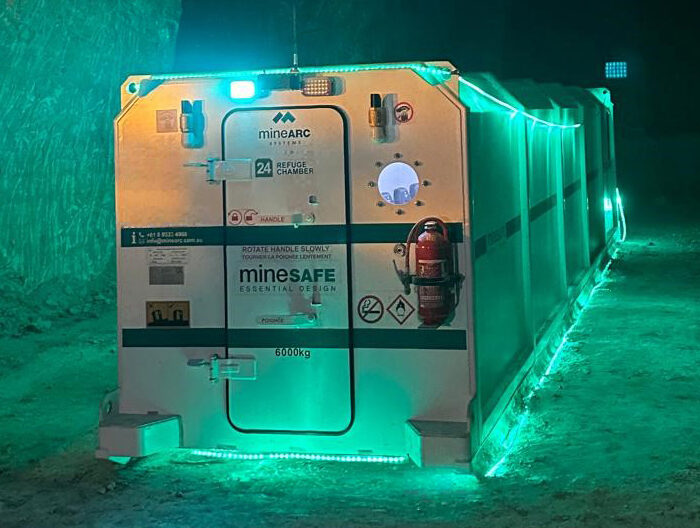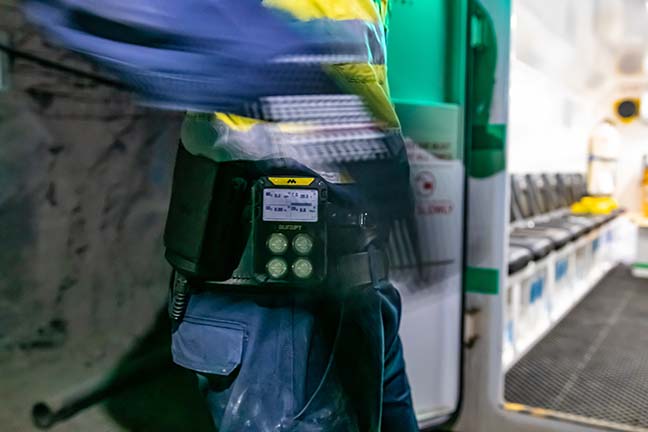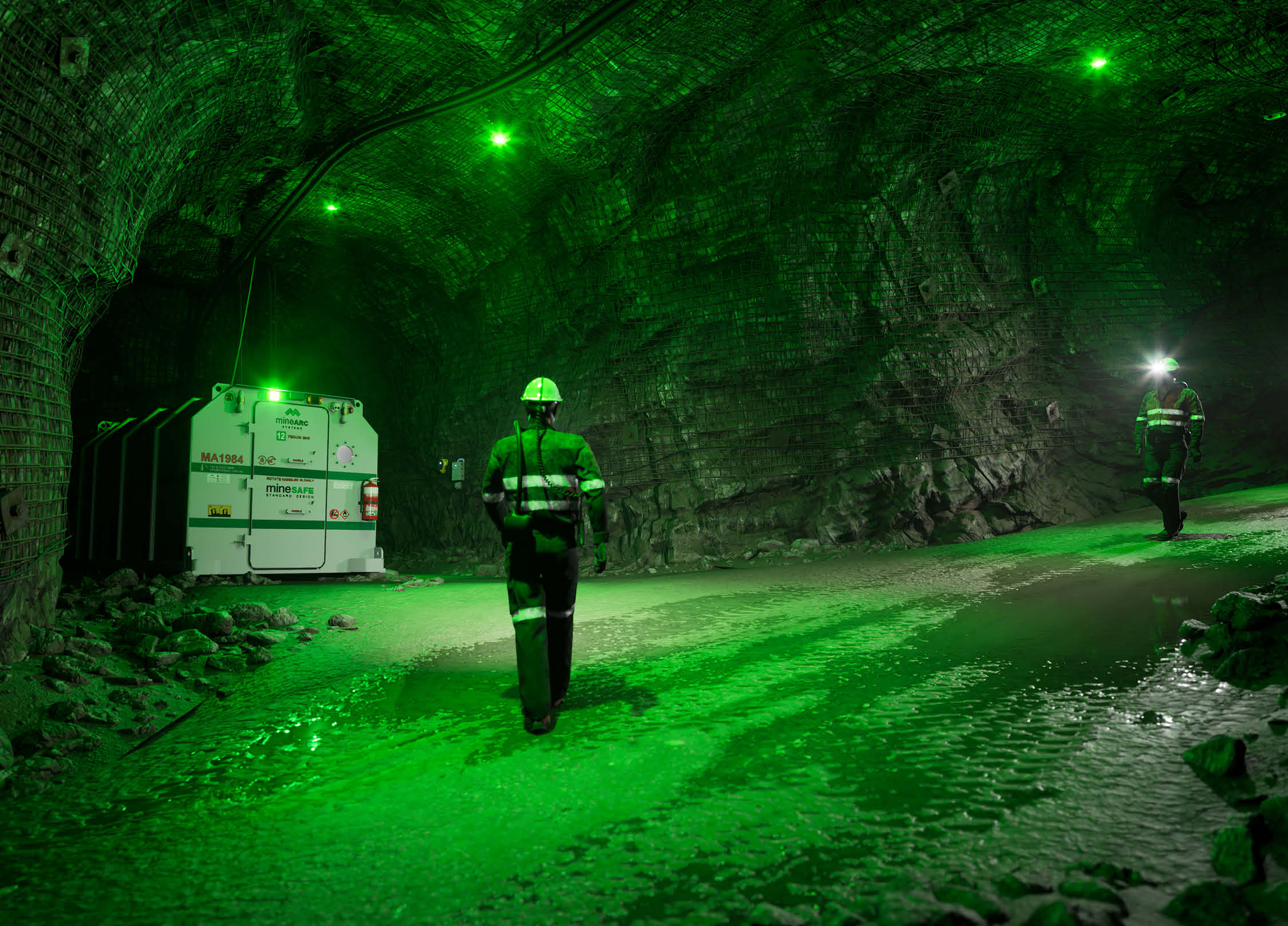During daily activities, refuge chambers operate in standby mode. This state occurs when a refuge station is not being used but is emergency-ready.
Standby mode is the first level of operation; how it is set up when initially connected and remains until necessary. While systems appear dormant in this mode, they are still primed and ready to be activated if required.
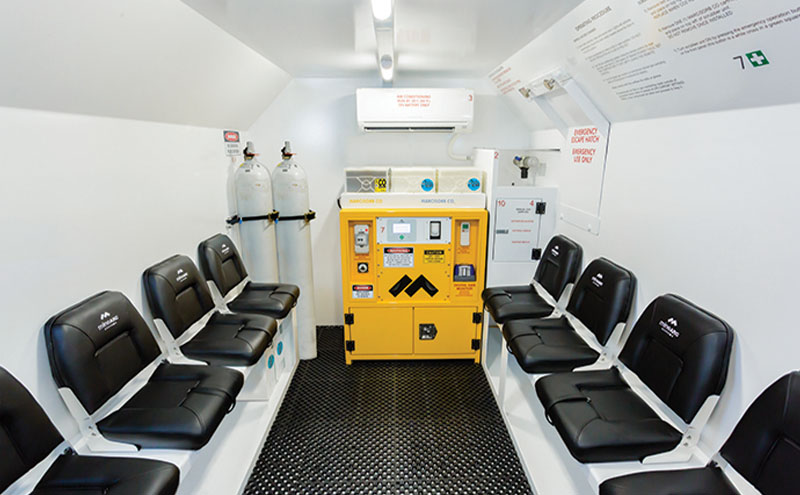
Why Does a Refuge Chamber Have Standby Mode?
Day-to-day operations do not require the survival systems within a refuge chamber to be functioning. For example, you don’t need a scrubber to be removing carbon monoxide and carbon dioxide from the air, when no one is inside. It’s a waste of valuable resources, adds costs and would impact production.
However, even if a hazardous event may not be occurring, an emergency refuge chamber still needs to be primed. So, if something does happen, it can be easily activated – this is standby mode.
Standby Mode Requirements for Emergency Refuge Chambers
Critical points for standby mode include:
- System maintenance
- Emergency readiness
- Monitoring and reporting

System Maintenance of Refuge Stations
Good refuge chamber practice must include regular maintenance checks. These inspections ensure the equipment inside, which will help keep people alive during a fire or emergency, is in optimal working condition.
The importance of correct maintenance for underground refuge chambers is highlighted in government safety guidelines.
Insufficient refuge chamber maintenance and servicing will compromise the shelters ability to perform when most needed.
You can support a move towards zero harm safety measures, by conducting regular maintenance reviews on the componentry of your refuge chamber fleet. Essential areas include:
Internal Components
- Scrubber unit
- Air conditioning system
- Gas monitoring systems
- Compressed oxygen cylinders
- Oxygen candle, where applicable
- Compressed air
- Chemical toilet
External Components
- Refuge chamber structure
- Electrical reticulation
- UPS battery backup
- Airlock, where applicable
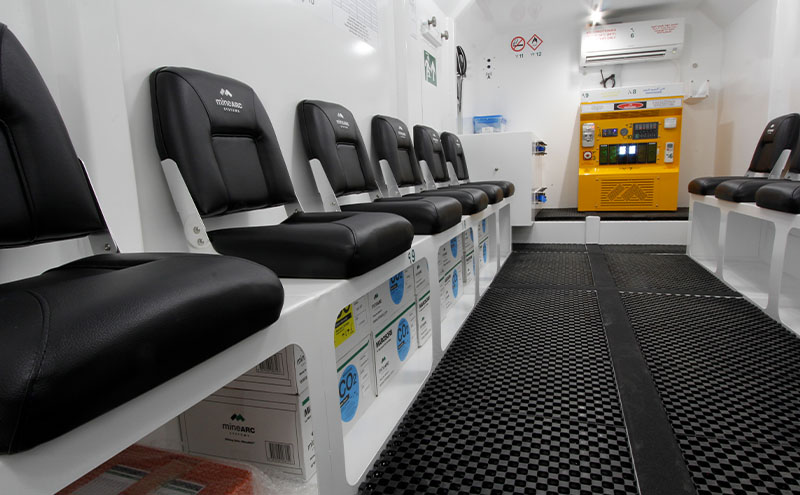
Emergency refuge chamber still needs to be primed. So, if something does happen, it can be easily activated - this is standby mode.
Standby Mode: Understanding Refuge Chambers Tweet
Emergency Readiness of Refuge Chambers
One of the most critical safety questions to ask is, is your refuge chamber emergency ready?
An emergency ready refuge bay is capable of protecting personnel when the environment around them becomes unsafe such as an underground truck fire. In other words, if you walked into the refuge chamber during the fire, you’d be confident that the shelter would be able to protect you from the smoke outside, as it was designed to.
Suppose it’s not, and you need to use the shelter. In that case, your safety and the safety of others are at risk because the operation of the refuge chamber has been compromised.
What makes a refuge shelter ready? Its internal systems are in optimal working condition and supplies are stocked and in date. Features include;
- Sealing of the internal atmosphere from the external threat
- Breathable air supply and redundancies, including:
- An appropriately filtered, dry compressed air connection
- Internal, chemically controlled recirculation (scrubbing) system and medical-grade oxygen supply
- Air conditioning, including;
- Temperature control
- Humidity control
- Uninterruptable Power Supply (UPS) and secure storage
- Long-life water and food supply
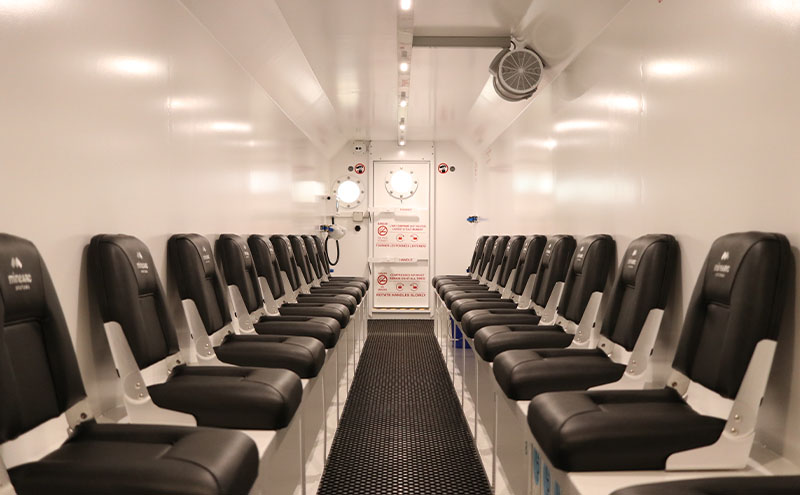
Monitoring and Reporting the Status of a Refuge Station
Remotely accessing the status of a refuge chamber will aid emergency preparedness and maintenance.
Managing the state of a refuge chamber and safe haven fleet is vital to maintaining on-site safety and reducing risk. Just because a refuge chamber is not in use doesn’t mean the systems inside should not be monitored.
Manual processes involve physically checking the chamber status and components; reporting findings back to appropriate staff and management.
Remote applications, such as digital monitoring and diagnostics tools, can provide you with the information to keep things in check or help solve problems efficiently. In standby mode, data from multiple touchpoints is collected, analysed, and delivered to a central location.
Capturing status and system information from refuge chambers and safe havens can considerably reduce or even prevent unplanned downtime and enable better decision making.



